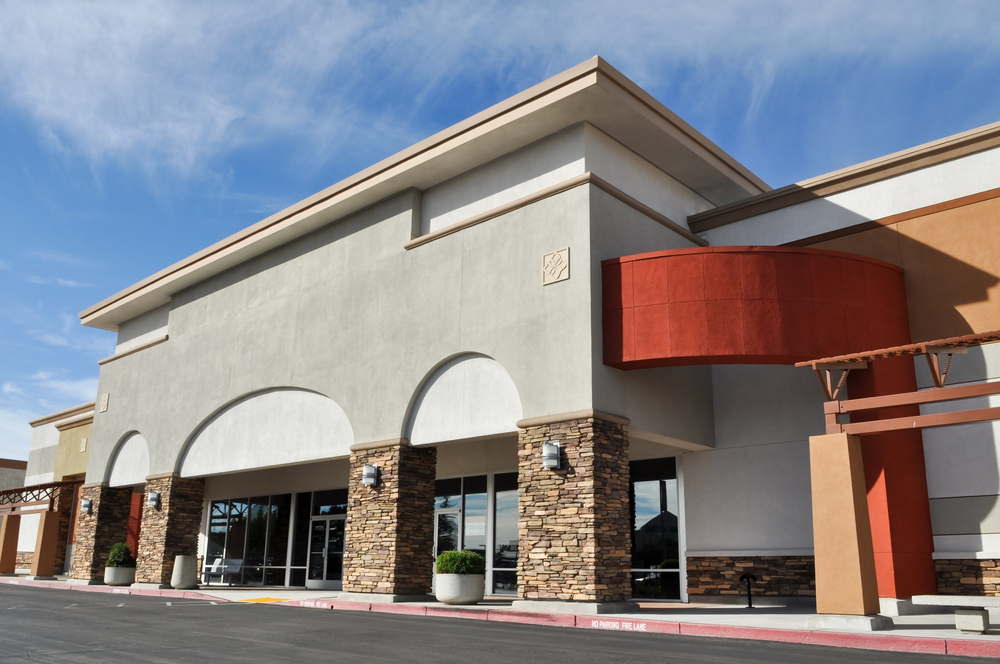5 Ways to Ensure Your Commercial Doors Are Accessible

Creating an inclusive and accessible environment is no longer just an option but a necessity for businesses that aim to thrive in a diverse and competitive market. Ensuring your commercial doors are accessible plays a pivotal role in meeting the needs of all customers, including those with disabilities, parents with strollers, and the elderly. Accessibility is more than compliance with legal standards; it is a demonstration of your commitment to equity and inclusion. Below are five practical ways to ensure your commercial doors are accessible, enhancing both functionality and customer satisfaction.
Understand and Comply with Accessibility Standards
The first step in ensuring your commercial doors are accessible is to familiarize yourself with the applicable accessibility standards and regulations in your region. In the United States, the Americans with Disabilities Act (ADA) provides specific guidelines on the design and operation of commercial doors to ensure accessibility. For instance, the ADA stipulates that doors must have a minimum clear width of 32 inches when open to accommodate wheelchairs. Additionally, door handles must be operable with one hand without requiring tight grasping, pinching, or twisting of the wrist. These standards also mandate that the force required to open a door should not exceed five pounds.
Understanding these guidelines helps businesses avoid costly compliance issues while promoting inclusivity. Regularly reviewing these standards is essential, as regulations may evolve over time. Consult with accessibility consultants or hire professional inspectors to assess your commercial doors. By doing so, you can identify areas that need improvement and make necessary adjustments to align with legal requirements.
Install Automatic Door Systems
Automatic doors are a game-changer in improving accessibility. These systems eliminate the need for physical exertion to open doors, benefiting individuals with mobility challenges, parents with children in strollers, and delivery personnel handling large packages. Sliding or swinging automatic doors are common solutions for commercial spaces, offering seamless access while maintaining the aesthetic appeal of your property.
When installing automatic door systems, ensure they are equipped with motion sensors, push plates, or touchless activation devices. Touchless systems are particularly valuable in today’s world, where hygiene concerns are paramount. Moreover, automatic doors should be installed in compliance with accessibility standards, including appropriate timing for opening and closing and adequate signage to indicate their functionality.
Investing in automatic door systems not only enhances accessibility but also improves the overall customer experience. Visitors will appreciate the ease of entry, which can lead to increased foot traffic and customer loyalty. For businesses with high visitor volumes, such as shopping malls, hospitals, and office buildings, automatic doors are a practical and efficient solution.
Optimize Door Placement and Maneuvering Space
The placement and surrounding space of your commercial doors significantly influence their accessibility. Doors located in tight corridors or obstructed by furniture, planters, or other fixtures can create barriers for individuals using mobility aids like wheelchairs or walkers. To ensure your commercial doors are accessible, consider the layout and design of your entryways and surrounding areas.
Ensure there is enough maneuvering space on both sides of the door for individuals using mobility devices. The ADA recommends a clear space of 18 inches on the pull side of the door and 12 inches on the push side to allow for easy navigation. If your doors open into a hallway or shared space, ensure that these areas are free of obstacles and provide enough clearance for comfortable passage.
Proper lighting is another crucial aspect of door placement. Well-lit entryways make it easier for all individuals, including those with visual impairments, to locate and navigate doors. Additionally, using high-contrast colors for door frames and hardware can help visually impaired individuals identify entry points more easily. By paying attention to these details, you create a more welcoming and functional environment for all.
Use Accessible Door Hardware
The type of hardware used on your commercial doors plays a significant role in ensuring accessibility. Traditional doorknobs can be difficult to operate for individuals with limited hand strength or dexterity. Lever-style handles are a better alternative, as they are easier to grasp and operate. These handles comply with accessibility standards and can be installed on most types of commercial doors.
For doors that require additional security, consider installing keyless entry systems. Keyless options, such as keypad locks, card readers, or biometric systems, eliminate the need for physical keys, making access more convenient for all users. Ensure that these systems are installed at an appropriate height, typically between 34 and 48 inches from the ground, to accommodate individuals in wheelchairs.
In addition to handles, other hardware such as door closers and hinges should be considered. Adjustable door closers can reduce the force required to open and close doors, making them more accessible. Soft-closing hinges are another useful feature, as they prevent doors from slamming shut, which can be challenging or even hazardous for some individuals. By choosing the right hardware, you not only enhance accessibility but also improve the overall safety and usability of your commercial doors.
Maintain and Upgrade Your Doors Regularly
Even the most accessible doors can lose their functionality over time if not properly maintained. Routine maintenance is essential to ensure that your commercial doors remain in optimal condition and continue to meet accessibility standards. Regularly inspect your doors for signs of wear and tear, such as squeaky hinges, damaged handles, or misaligned frames. Addressing these issues promptly can prevent more significant problems down the line.
Consider upgrading your doors as new technologies and designs become available. For instance, older automatic door systems may lack the advanced features of newer models, such as energy efficiency, enhanced safety sensors, and improved durability. Upgrading to modern systems can enhance both accessibility and the overall aesthetic appeal of your commercial space.
Seasonal factors, such as extreme temperatures or high humidity, can also affect the performance of your doors. Conducting seasonal checks ensures that your doors operate smoothly year-round. Engage professional technicians for routine maintenance and upgrades to guarantee that your doors meet the highest standards of functionality and accessibility.
Conclusion
Ensuring your commercial doors are accessible is an essential aspect of creating an inclusive and welcoming environment. By understanding and complying with accessibility standards, installing automatic door systems, optimizing door placement and maneuvering space, using accessible door hardware, and maintaining and upgrading your doors regularly, you can provide a seamless experience for all visitors. Accessibility is not just a legal obligation but a commitment to equity, inclusivity, and excellent customer service. Prioritizing accessibility in your commercial space not only benefits individuals with disabilities but also enhances the overall appeal and functionality of your business. Implement these strategies today to ensure that your doors are open to everyone.
